Nathan Westling’s story originally appeared in i-D’s The Voice of a Generation Issue, no. 356, Summer 2019. Pre-order your copy here.
A man answers the phone and says — “Collier?” I ask who it is and they say “Nate”. That’s a true story. That’s the transformation. Over the past six months the model once known as Natalie Westling has been changing over, moving chemicals, pronouns, identifications and intonations. During this time, The Society model agency who represent him contacted me to see if I would shoot Nate’s new comp card, which I said yes to immediately both because I love Nate and also because I thought it was such a great conceptual project. Same kid, same agency, different hair, different pronoun. Having shot a number of kids who have transitioned, not as a project, but as part of my daily life as a fashion photographer, I’ve been acquainted with the media’s fascination. And so, in starting our interview, I first discussed with Nathan the idea that people outside queer bodies really want some definitions. I said to Nate that he didn’t owe anyone concrete facts or answers lodged in popular heterosexist perceptions. As the term, and identity, ‘gender fluid’ was born I’ve found that people want to know why people who change gender still want to define it. Why is someone queer, straight identified, trans, male, etc? And I guess I always go back to what James Baldwin said about his sexual identification — that he goes the way his blood beats. So in that vein, here is Nathan Westling, the same skater kid many of us have photographed for years, with a deep voice, a serenely calm manner, strong arms and short hair…
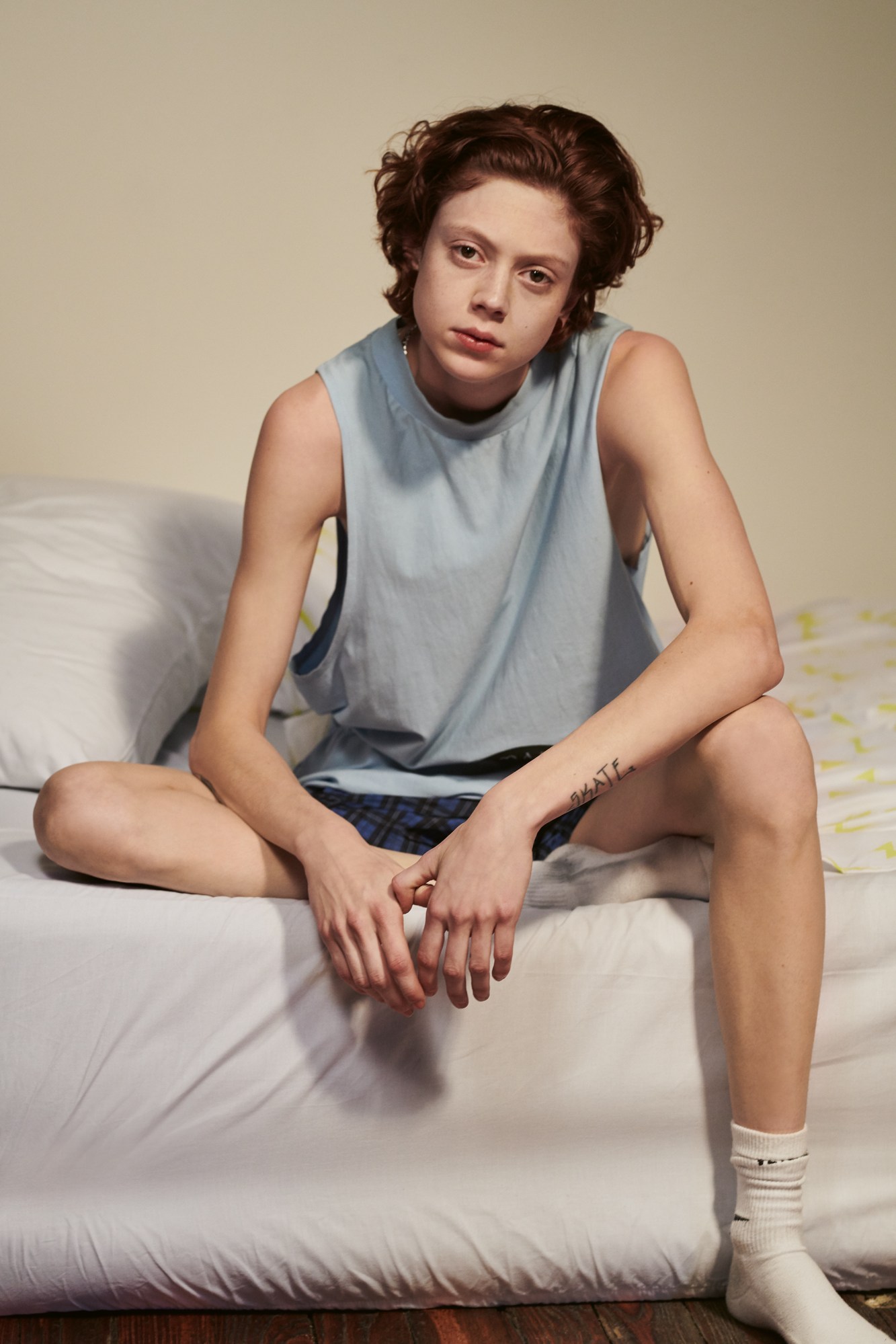
Collier Schorr: Nathan, this is the first time that you have modelled as a guy. How was it?
Nathan Westling: It was different from what I expected, although not in a bad way at all. I’m just so used to modelling female clothes, so to be put in a completely different environment and to look different… Obviously men and women model differently — I’m sure you’ve noticed — it took me a minute to get into character and to feel myself. But it wasn’t challenging, it was just like, ‘Oh, this is a little different.’
We know each other pretty well but I felt like I was shooting somebody new. Maybe we both ran through certain clichés in our head at first, thinking about what’s masculine, what makes a masculine picture, a masculine pose, and then we forgot about it and just took some pictures. When we were shooting you were projecting things that you liked, ideas that you liked, images that you liked. Kind of experimenting with what kind of person was inside of you, attempting to say: ‘This is who I am.’
Yes, absolutely. It was really nice to feel myself in that moment. This was the first time and I didn’t know how I was going to feel as a male model. I’m really happy with how this shoot turned out and I’m really happy with how I feel inside. It’s been really nice to share my story. It’s been really cool.
I think people want to know your story. There is an issue for me about how much people need to know, and how much people deserve to know. I think the straight community is especially curious about it all, they’re curious about the whole spectrum of identities and desires and attractions. They ask what sometimes feel like invasive questions. But I’ll start with a basic question. How did you relate to the idea of masculinity when you were younger? Is it even the same masculinity that exists for you today? Has the word changed or does it still mean the same thing to you?
I think I’ve always been the same. I’ve been on a skateboard since I was three years old, I’ve always been very masculine, always been outside, building stuff, doing ‘boy’ stuff, hanging out with the neighbourhood boys. As I grew up, I was always into the same things, nothing’s really changed in that way. It’s pretty much stayed the same.
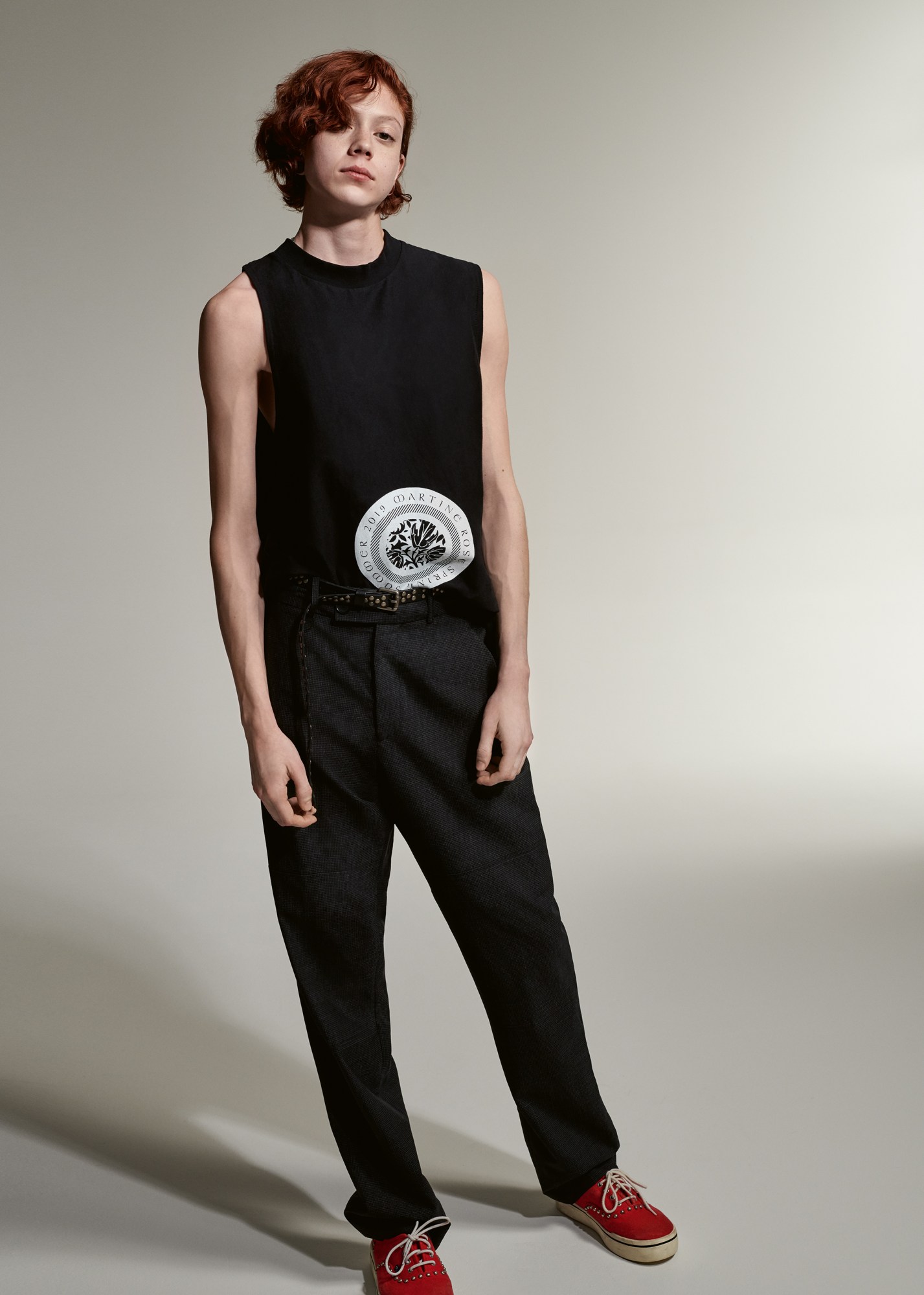
Did modelling start to feel hard at some point?
Modelling started messing me up more and more, but it really wasn’t until maybe the last year or so that I really started thinking about transitioning. It was definitely a very slow process. I would carry myself differently when I was modelling, wearing heels, with my make-up done, being told I was beautiful… all of these words that I didn’t really feel. But I have so much respect for fashion, clothes and designers. I’ve always thought of this job as creating art, working as a team to create something amazing. That’s how I think about modelling — I never really think about it like another day, another dress. Every day is different and it’s a blessing that I’m not working in an office. I always look at this job as a tool for me to achieve my ultimate goal. And love it, live the dream.
Can you talk a little bit about the discussions you had with your modelling agency about transitioning?
It’s pretty much been a topic of discussion since the beginning, but I wasn’t ready until I started transitioning in November. In the beginning I wasn’t ready for it. There were a lot of things that had to fall into place before I could start. I wanted to be financially independent and stable and I wanted it to make sense career-wise. I feel like if I had started earlier it would have been too soon.
Tell me how it’s been taking testosterone. What’s it been like?
A lot less scary than I thought it was going to be. I have to give myself a shot every week. I’m not the smallest, I’m definitely not the biggest, but it’s alright. I’d never really seen that side of the doctor’s office, or the hospital, so to have it in my apartment was something I had to get used to as well. Now it’s easier to take it but in the beginning it was tough finding a location on my body that works. I like the changes that are happening, I like the progression. I like how I’m progressing.
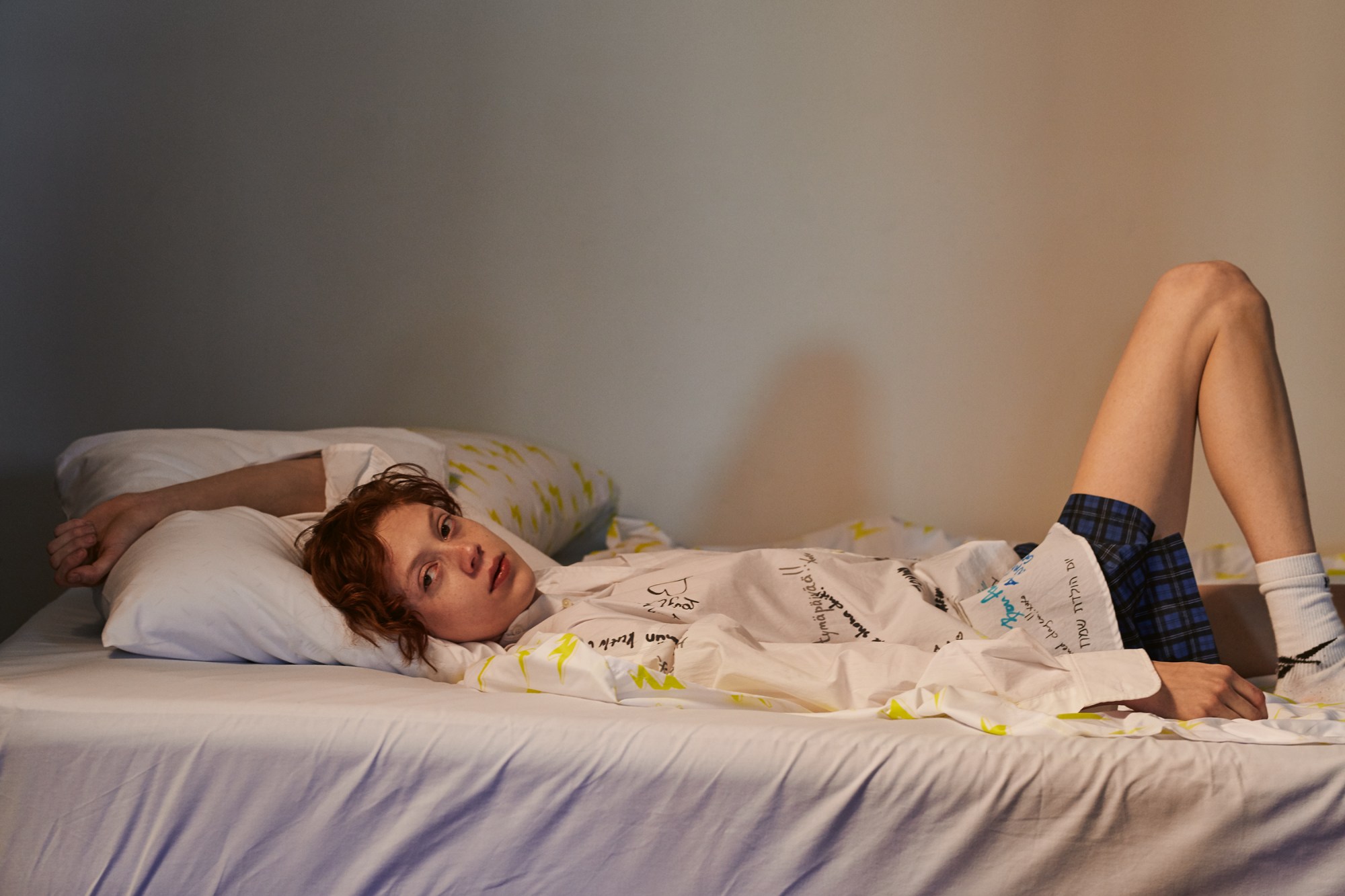
We talked about this a couple of weeks ago, and something that stood out in my mind is that you were talking about it like it was a chemical that was missing from your body.
Yeah, definitely. I talked to my doctors and my therapist about how I was having such crazy mood swings — I’ve done the whole psychologist thing for the last ten years of my life, I’ve been on mood stabilisers and antidepressants, they worked for a bit and then they’d stop working or I’d have to up the dose. With testosterone, I take it once a week and I feel great. I feel way better than I’ve ever felt.
And your voice has gotten even deeper!
Other people notice it more than I do, just because I see myself every day and the changes can be so minute. If you see me every day you won’t really pick up on it. But if you don’t see me for two or three weeks, or a month, then a lot has changed.
I was so excited to take these pictures because we still don’t know what kind of a man you’re going to be. Because you’re trans and you’re a model there are so many ways for you to perform in front of the camera as well as to perform when you walk down the street.
Totally.
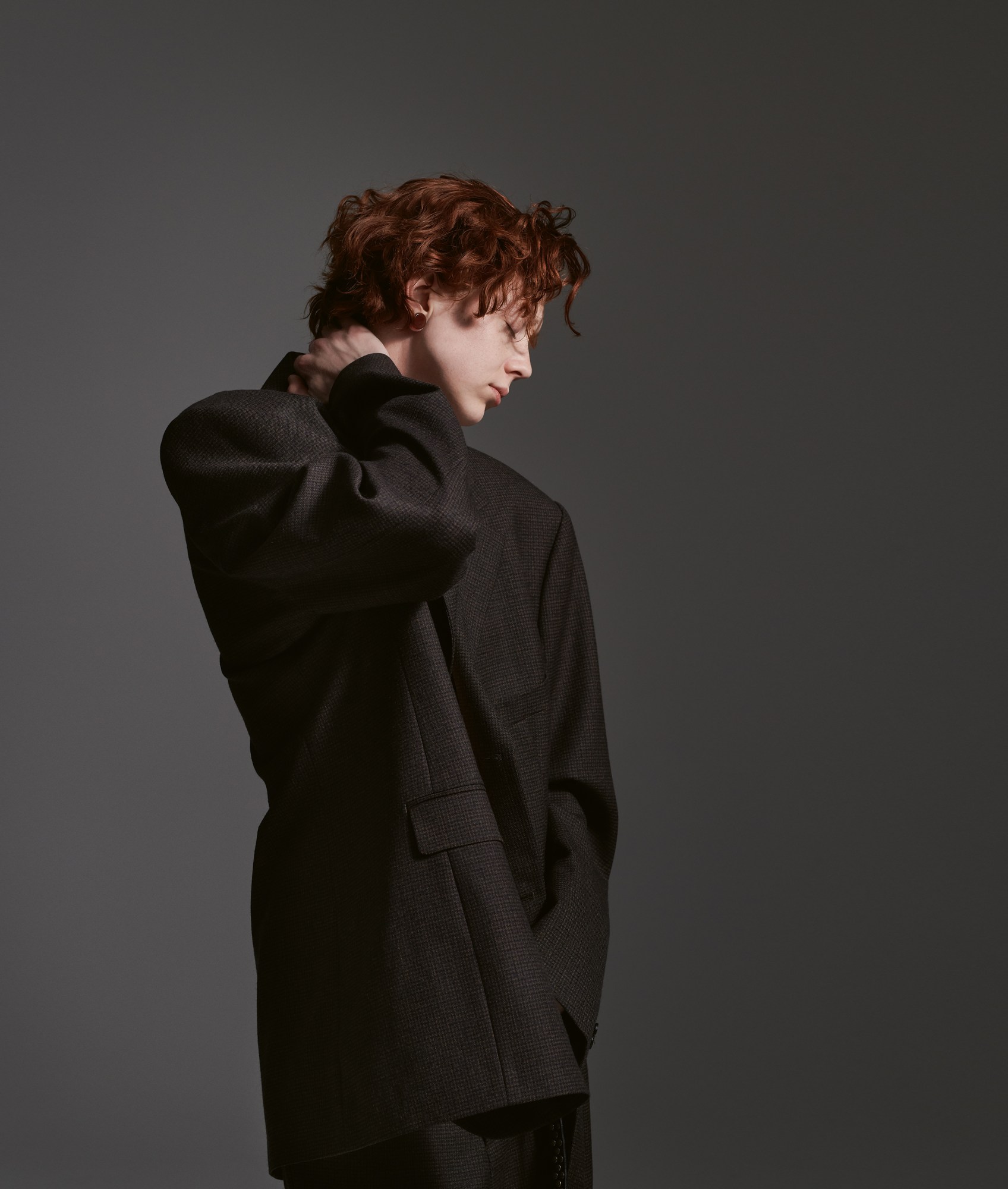
So many male models wear make-up, but do you feel like you’re just going to walk into a shoot and it’ll be a collaboration and if the photographer wants to… I’m trying to get a sense of what you do and don’t want to do on a shoot. What’s OK?
It’s about respect. I’m here for everybody and everybody is here for everyone else and we’re here together to do something. It’s disrespectful if you put me in a position where I have to say yes, because I’m put on the spot. No, no, no. I don’t get down like that and I never have. But it’s cool if people understand that and they respect me.
I think that photographers, stylists and producers of magazines in general are getting more educated in terms of the idea of permission. Someone comes to work with you but you don’t have carte blanche, it’s not like you’ve rented that person for the day and you can make them do what you want. The #MeToo movement, model protection policies, and the increasing prevalence of trans models are all informing how we work on set together.
Exactly. Because that’s not in my job description and I’m not getting paid for that. It’s not right. But it’s getting better.
It’s getting better and it’s constantly being redefined. I was talking to a model the other day who only wants to be in age-appropriate things, she doesn’t want to be posing as a 20-year-old when she’s 30. Which makes sense. As a photographer I don’t feel comfortable framing something that’s basically a lie.
People see that. We should be able to control how our bodies are being portrayed, and how pictures of us are being taken. We should be able to say ‘no’ when we need to. The fact that we are still talking about this, and it’s still a thing that has to be talked about is a sad thing.
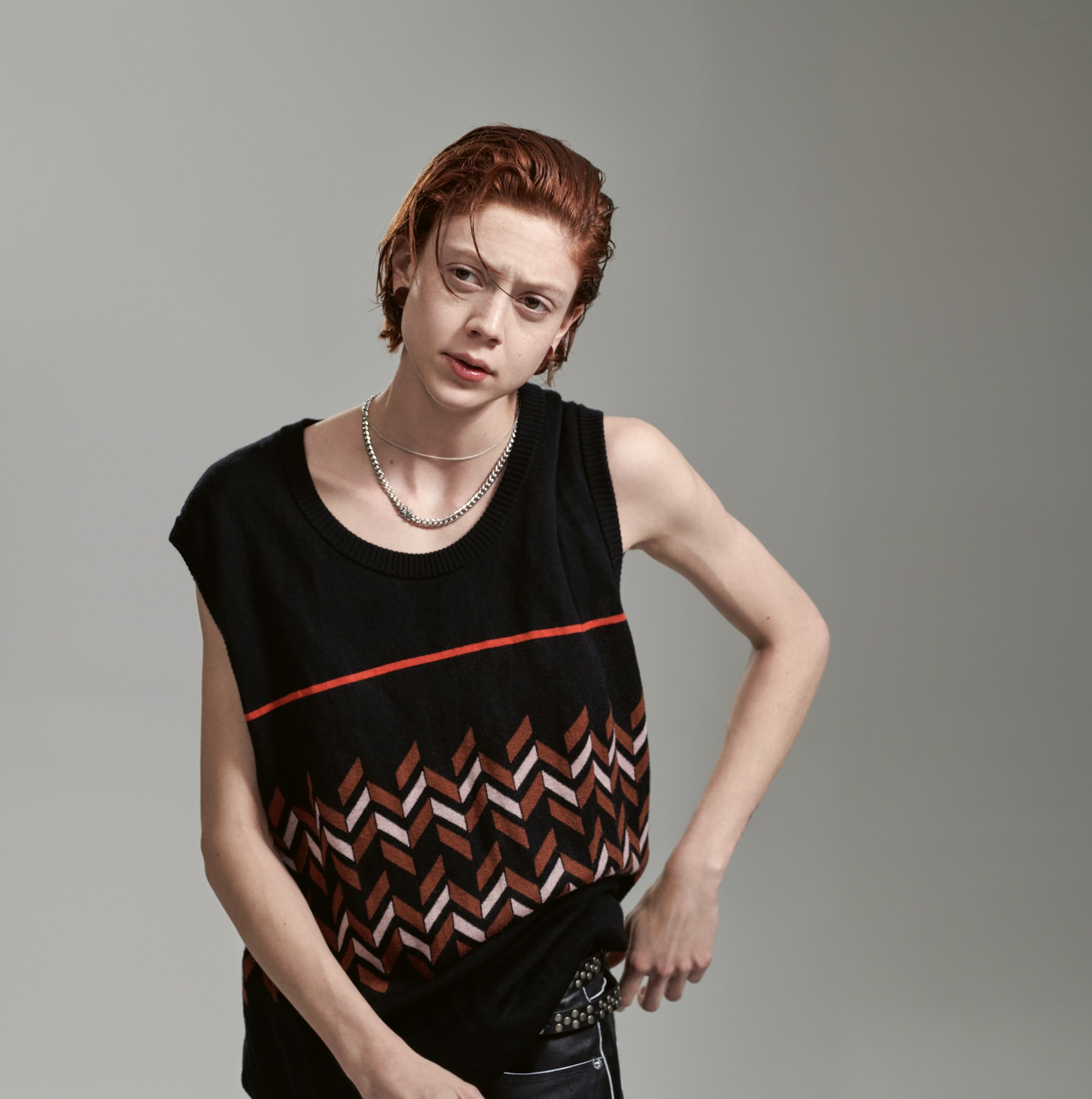
Everyone’s being re-educated. In some ways photographers pass photography down from one generation to the next. The photography that was passed down to me resembled one of Caligula’s banquets, you would go to work and all of these bodies would show up and you could do whatever you wanted with them. For me, that was always terrifying, which is why I didn’t shoot women for the longest time because I couldn’t imagine looking at a woman and asking her to do things I wouldn’t feel comfortable doing. The fashion world has now changed in ways that have made it easier for me to do what I want to do. I’m grateful to not be asked to do something I don’t want to do, and that you’re not being asked to do something that you don’t want to do either. I’m still confronted with certain clichés, and I’m still seduced by certain moments when I’m taking pictures. And in a way you don’t know how much somebody wants to play or experiment, but it’s exciting for the photographers to work with people who have thought a lot about what their image is.
Definitely, and I don’t think I could have done it any other way. I’m very much a personality and I can’t really change or hide that, so I’m happy that people have been able to accept me and run with it. It’s been really exciting, such an amazing journey. It’s crazy just to think back on the years…
Can you talk about any reactions that have stood out to you?
All of the feedback has been extremely positive. It’s been really supportive. The thing that stuck out for me was that there was an amazing, amazing amount of support.
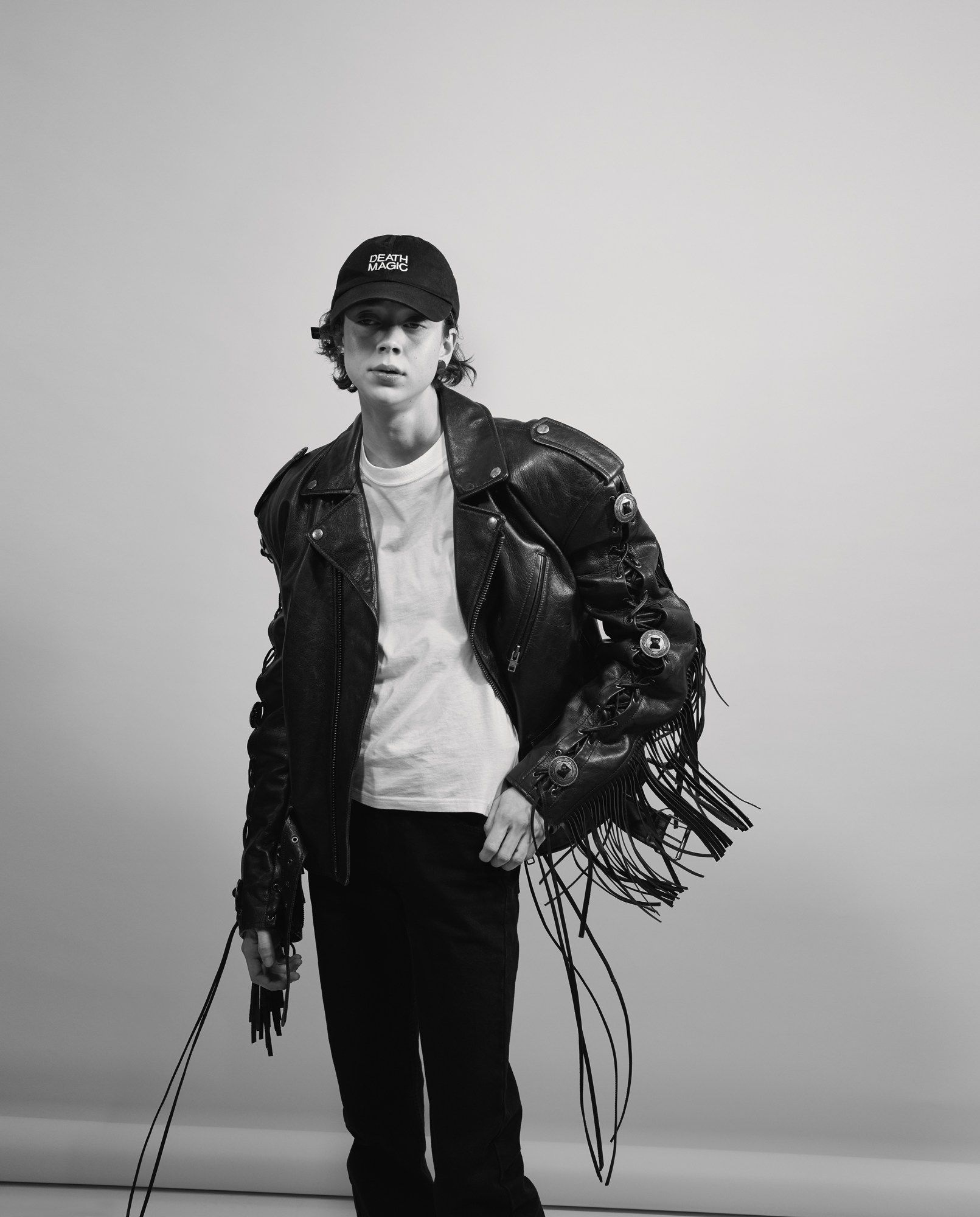
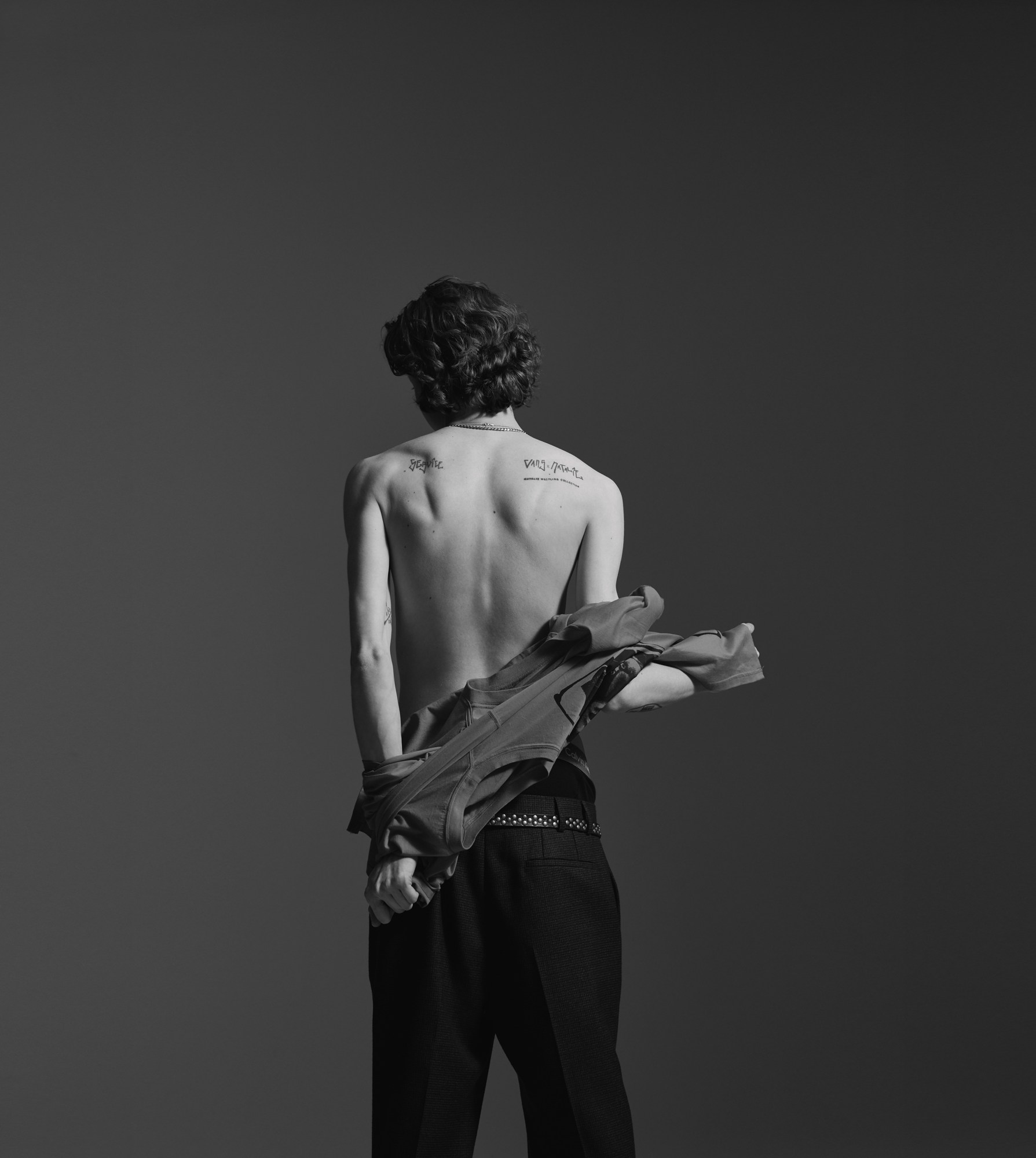


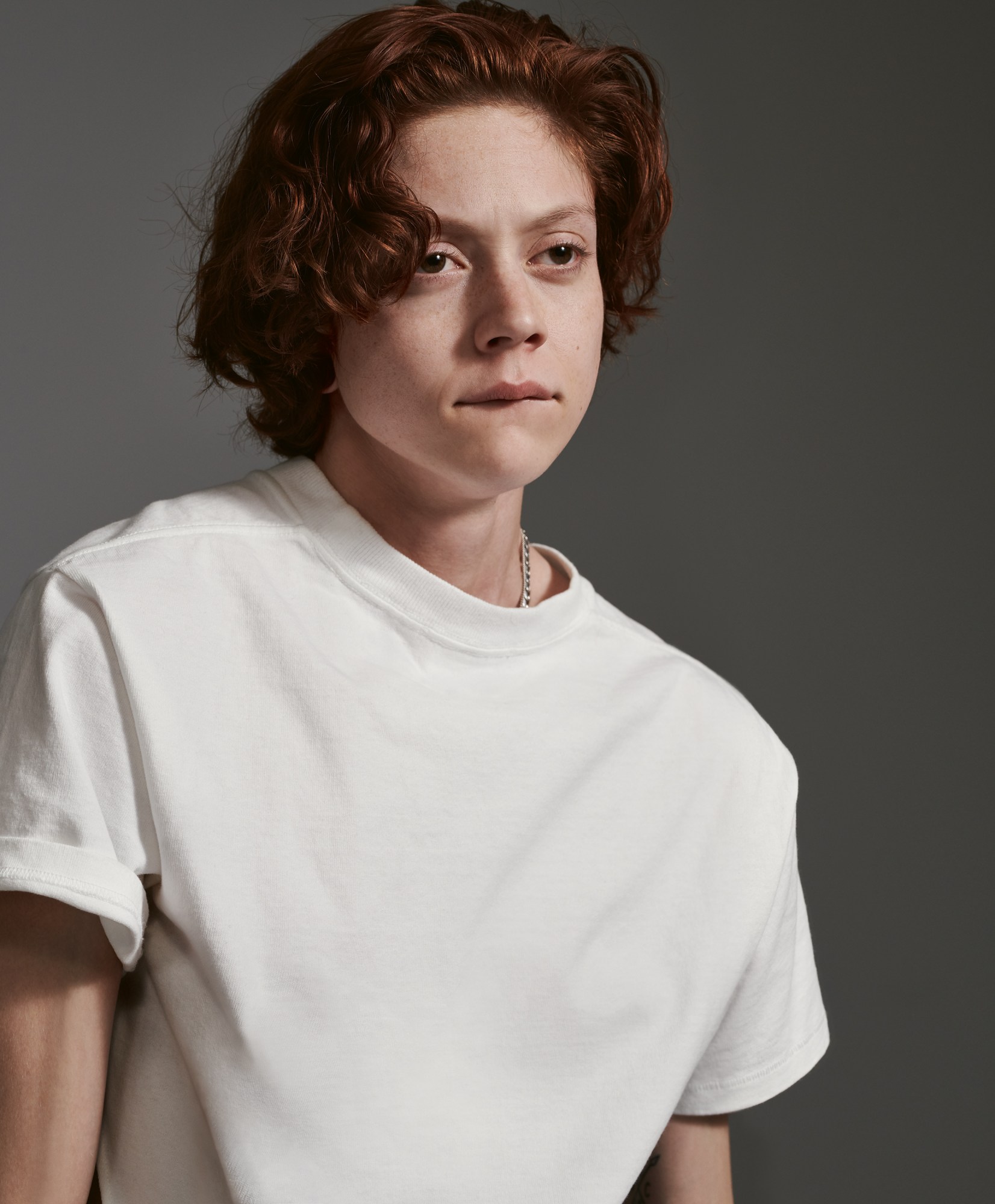
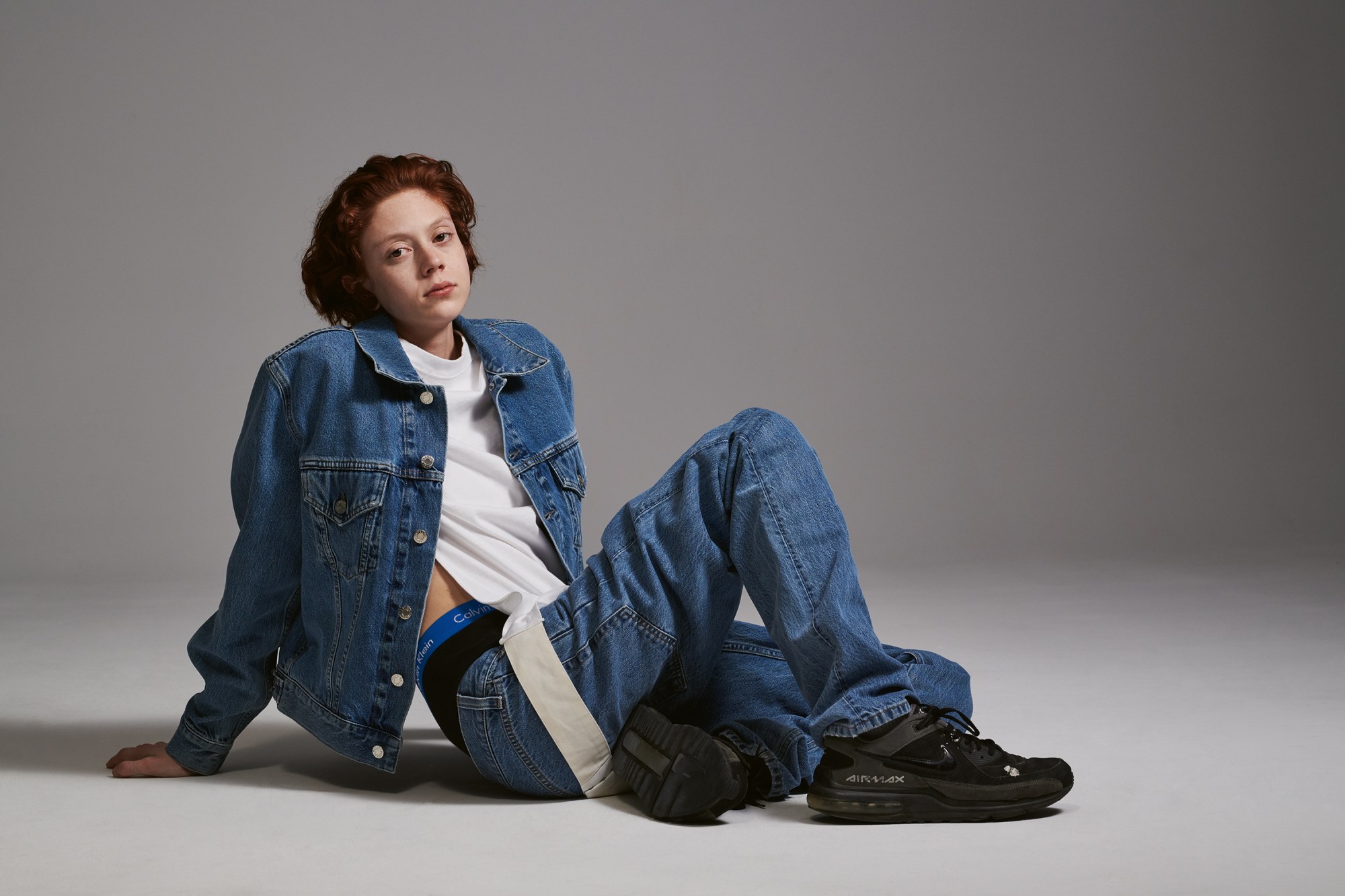

Credits
Photography Collier Schorr
Styling Carlos Nazario
Hair Holli Smith at Art Partner. Make-up Susie Sobol at Julian Watson. Set design Julia Wagner at CLM. Photography assistance Max Dworkin, Jahmad Balugo and Chen Xiang-Yun. Styling assistance Raymond Gee and Gabriela Rosario. Set design assistance Marcs Marcus. Hair assistance Michiko Yoshida. Make-up assistance Ayake Nihei. Model Nathan Westling.
